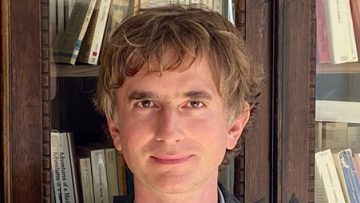Topics on Nonlinear Hyperbolic PDEs
Dates/ Times (GMT): 2pm – 4pm Wednesdays 9th, 16th, 23rd Feb, and 2nd March
Course Length: 8 hrs total (4 x 2 hrs)
Abstract
Aimed: An introduction to the nonlinear theory of hyperbolic PDEs, as well as its close connections with the other areas of mathematics and wide range of applications in the sciences.



